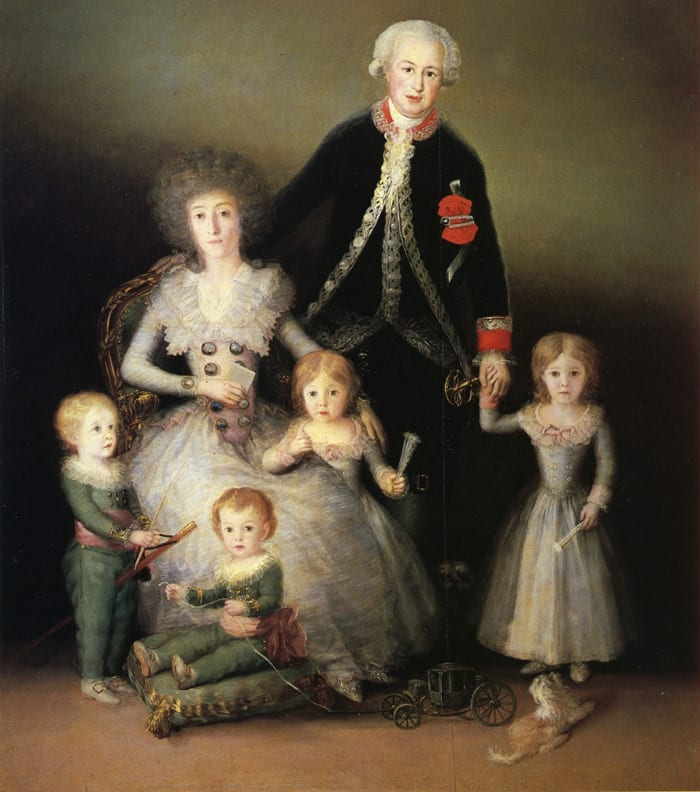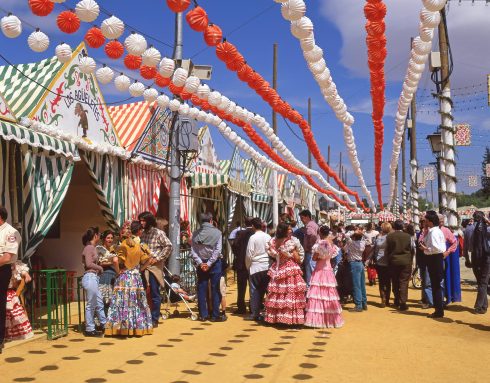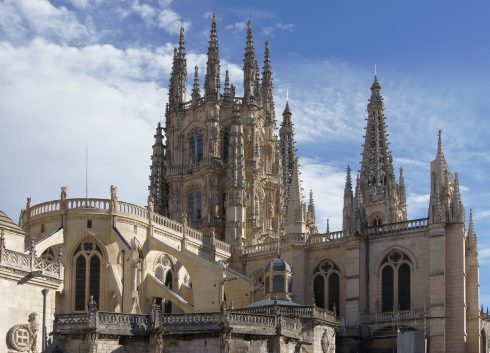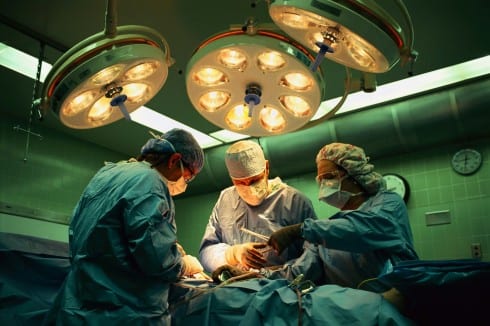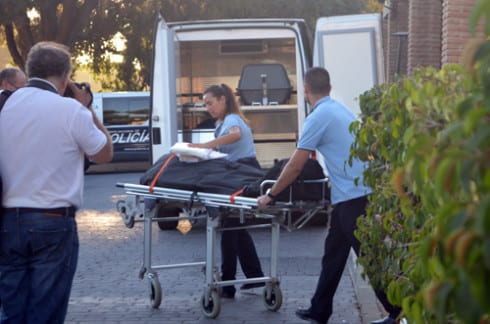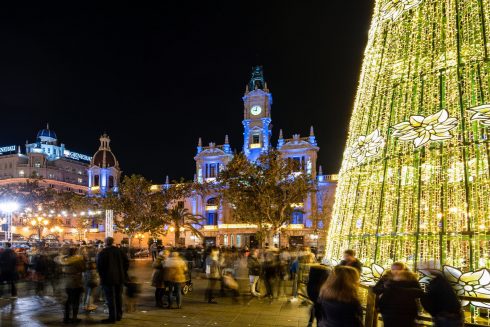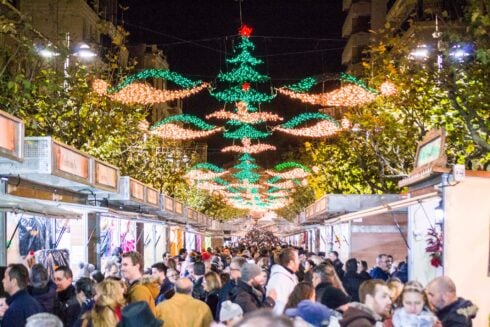A NEW exhibition of Goya’s portraits is set to challenge the prevailing image of the exalted Spanish artist.

Perhaps the London show, Goya: The Portraits, will even draw some of the capital’s more feral youth to the National Gallery, as Goya was recently credited with patenting hoodie fashion in his ‘Hat And Cloak Riots’.
Goya’s portraits number around 160, about one third of his total artistic output, 70 of which have been sourced from public and private collections around the world for the London show, some of them never seen before in the capital.
These often playful and honest depictions of his subjects don’t chime with the orthodox view of Goya as an artist whose personal torments wrung horrific images from the darkest nights of his depression.
Goya’s depiction of Saturn devouring his son, his two giants, feet submerged in the soil, clubbing one another to death, his coven of grotesque cackling women, faces hideously distorted with malevolent laughter, are just some of the arresting images that halt you in your tracks at El Prado.
Seamus Heaney, gazing at the works in August 1969, saw them as a metaphor for the re-emergence of the bloody violence that had started to convulse his native Northern Ireland. Goya’s 14 Black Paintings are well named.
A visit to his home during this dark period, between 1819 and 1823, would certainly have been shocking. As deafness struck him, Goya’s mood pitched into vast depths of hopelessness and he took to creating his terrifying visions on the walls of his country retreat. The paintings were transferred to canvas between 1874 and 1878.
But the new exhibition, which has taken a decade to bring together, shows a far lighter side to Goya. He started painting portraits at the comparatively late age of 37, having previously focused on religious paintings around his home town of Zaragoza.
His portraits show an irreverence towards authority. Goya resisted the urge to hide his subjects’ physical deficiencies, regardless of their social status. When he became a painter for the royals in 1786 and painted Queen Maria Luisa, he did not embellish her appearance, which had been ravaged after 22 pregnancies.
Similarly his portraits of her husband, King Charles IV, appear to satirise his squat stature and self-important bearing. But Goya’s commissions continued rolling in so his superiors either appreciated, or didn’t notice, the absence of any fawning in his work.
He was also fond of ‘putting himself in the picture’, a stylistic trick Velazquez also used in his court paintings. Goya paints the Duchess of Alba coquettishly pointing to his name – Sola Goya (only Goya) – on the ground. The gesture is freighted with erotic symbolism, and set the rumour mill rumbling about an illicit affair (the Duchess’s husband died in 1796 and Goya, in his role as royal painter, joined her between July 1787 and March 1798).
In his 1784 portrait of the Infante Don Luis, the king’s brother, Goya is depicted in the foreground painting the group. The artist loved the disgraced libertine Don Luis, who was exiled from Madrid and stripped of his Bourbon title for his carousing and fondness for prostitutes. Goya presents the playboy ex-prince and his family as carefree, a depiction Don Luis would have appreciated as he yearned to free himself from the societal mores and constraints of the age. Goya’s presence in the foreground adds to the painting’s sense of playful unconventionality.
In bringing together works from as far apart as Madrid, New York, Dallas and Zaragoza, the exhibition offers a unique window into the soul of one of Spain’s and the art world’s most celebrated masters.
The exhibition runs until January 10, 2016.
Click here to read more News from The Olive Press.

